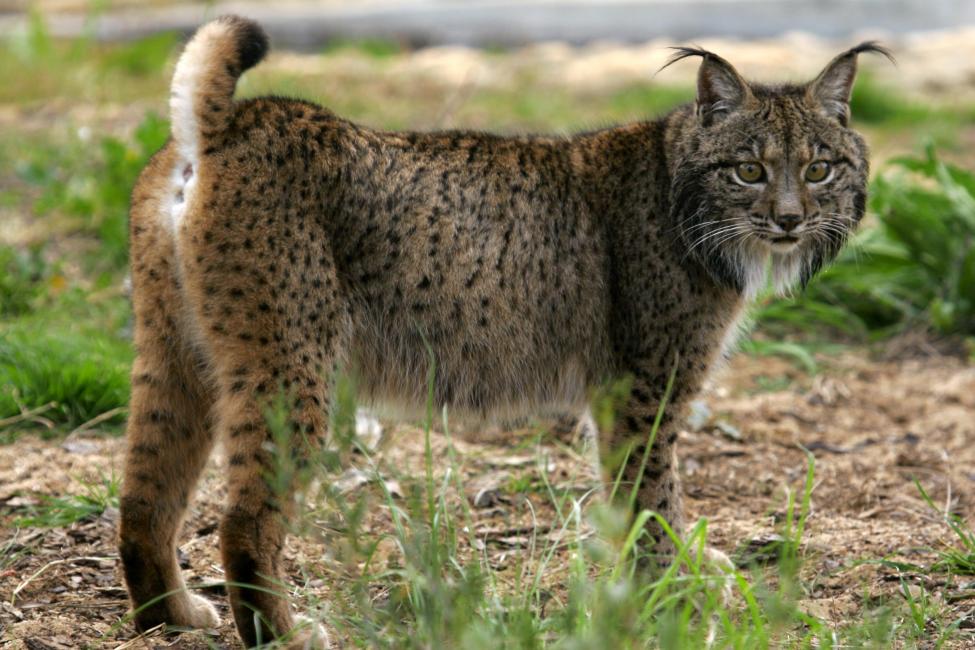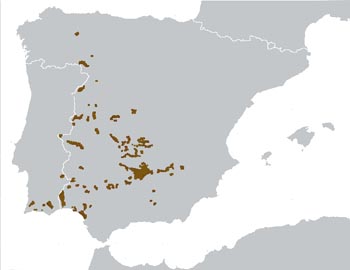Back in 2002 there were only 94 Iberian lynx left in the wild. This wild cat had declined for a number of reasons, unfortunately all down to humans.

The main threat to Iberian lynx was the loss of their main prey. Back in 1952 a doctor, fed up of rabbits overrunning his garden, introduced Myxomatosis. Myxomatosis is an illness, which kills rabbits. Within 2 years this illness had spread across Spain, and eventually went on to reduce the population by 95%.
Unfortunately, if you eradicate 95% of a species which makes up the main part of a predators diet, this is going to have a big impact on that predator species. This indeed did happen, and the Lynx rapidly disappeared from large parts of Spain.
There are a variety of other things that have adversely impacted the Lynx numbers including fracturing their habitat, as well as significant reduction in the habitat available.
The success has been astounding, with the latest survey putting the total number of Iberian lynx at 855. Having engaged land owners and politicians the recovery has been heavily supported by the public.
The growing threat is genetic isolation. This is what happens when you have small pockets of an animal spread across a large area. As such, what needs to happen is translocations of individual Lynx, regularly moving animals between populations so as to create one mega population..

Current expectation is that if current trends continue, then by 2040 there will be 750 breeding female lynx and a total population of around 3000 – at this point the population should be fully recovered.











